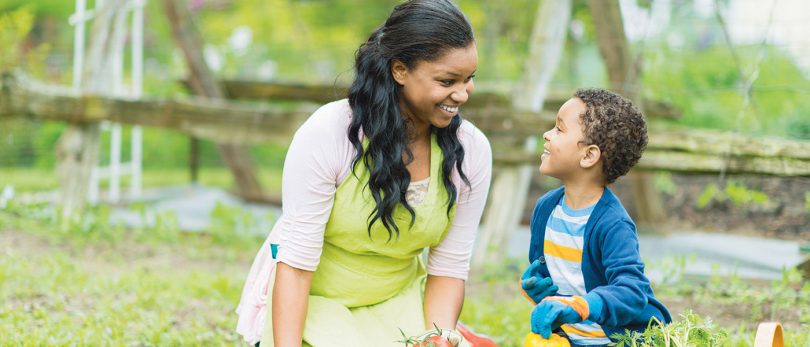Gardening is a popular activity this time of year, but when not performed right, it can lead to sore muscles and joints, and even injuries. Fortunately, says Sarah Kellogg, PT, DPT, rehabilitation manager at UHS Delaware Valley Hospital, attention to ergonomics, or the act of fitting the job to the person, can help.
“Proper ergonomics can allow someone to enjoy gardening while being safer and decreasing their chance for injury, sprains and strains by correcting their posture and body mechanics while performing the gardening tasks,” she says.
Here are some tips:
- Warm up. Light walking on a flat surface and stretching can prepare your body for gardening activities.
- Avoid heavy lifting. Rake leaves and weeds onto a tarp that you can pull to the desired location. Instead of lifting full bags of fertilizer and soil, divide into smaller quantities and use a wheelbarrow to move the materials. If you must lift, use your leg muscles — not your back.
- Use the right tools. Wear gloves that provide enough padding to protect you from cuts and blisters, but are not so thick that they reduce your grip strength. Use tools with padded and curved handles that feel good in your hands to avoid joint strain, especially if you have arthritis, says Ms. Kellogg. Long-handled tools can also help you avoid constant bending or overextending your reach.
- Maintain good posture. When kneeling, keep your body straight instead of arching your back. Kneeling with one leg up also reduces strain. Try to keep the work you do as close to the body as possible to reduce movements such as reaching, lifting and extending, which can add unnecessary stress. “Those who are at greater risk for injury may want to consider using raised garden beds or planting their flowers and crops in pots so they can be positioned at more convenient heights,” adds Ms. Kellogg.
- Take breaks. Staying in one position for too long can make you stiff. Take periodic breaks to loosen up muscles and avoid fatigue. Make sure to drink plenty of water during these breaks.







